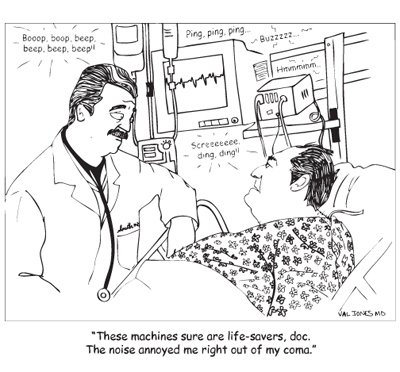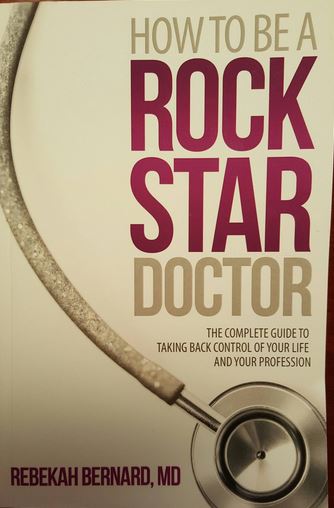October 8th, 2010 by Jeffrey Benabio, M.D. in Better Health Network, Health Tips, True Stories
No Comments »

 How many blades do we need to shave?
How many blades do we need to shave?
I’m a man. I use a two-blade razor. This might surprise you. I have the means, so why don’t I use the latest five-blade-vibrating-titanium tool? Any razor good enough for Tiger Woods and Derek Jeeter should be good enough for me, right?
Advanced technology doesn’t always make a product better. Think of your universal remote control — it has half a dozen buttons you’ve probably never pushed and, if it’s like mine, changing the channel is a complicated affair.
Last week a patient of mine, who looks a lot like Javier Bardem, came to my office frustrated. He had been using the latest-blade razor and had red razor bumps on his neck and cheeks. Why?
Because there is such a thing as a shave that is too close. If your beard is cut at or below the level of the skin, then the hair can become trapped when it regrows. The coiled hair continues to grow downward causing a painful, red razor bump. For some men, the closer the shave, the more likely they’ll have this problem. Read more »
*This blog post was originally published at The Dermatology Blog*
August 31st, 2010 by Jeffrey Benabio, M.D. in Better Health Network, Health Tips
No Comments »

Having a high-quality doctor’s visit takes effort on your doctor’s and yours. Here are 10 tips to get the most out of your next visit with a dermatologist:
1. Write down all the questions you have and things you want to discuss with me. Be sure to list any spots you’d like me to check or any moles that have changed. Have a loved one lightly mark spots on your skin they are concerned about.
2. Know your family history: Has anyone in your family had skin cancer? What type? Patients often have no idea if their parents have had melanoma. It matters. If possible, ask before seeing me.
3. Know your history well: Have you had skin cancer? What type? If you have had melanoma, then bring the detailed information about your cancer. Your prognosis depends on how serious the melanoma was, that is its stage, 1-4. You need to know how it was treated, if it had spread, and how deep it was. The answers to these questions determines the risk of your melanoma returning. Read more »
*This blog post was originally published at The Dermatology Blog*
 How many blades do we need to shave?
How many blades do we need to shave?










